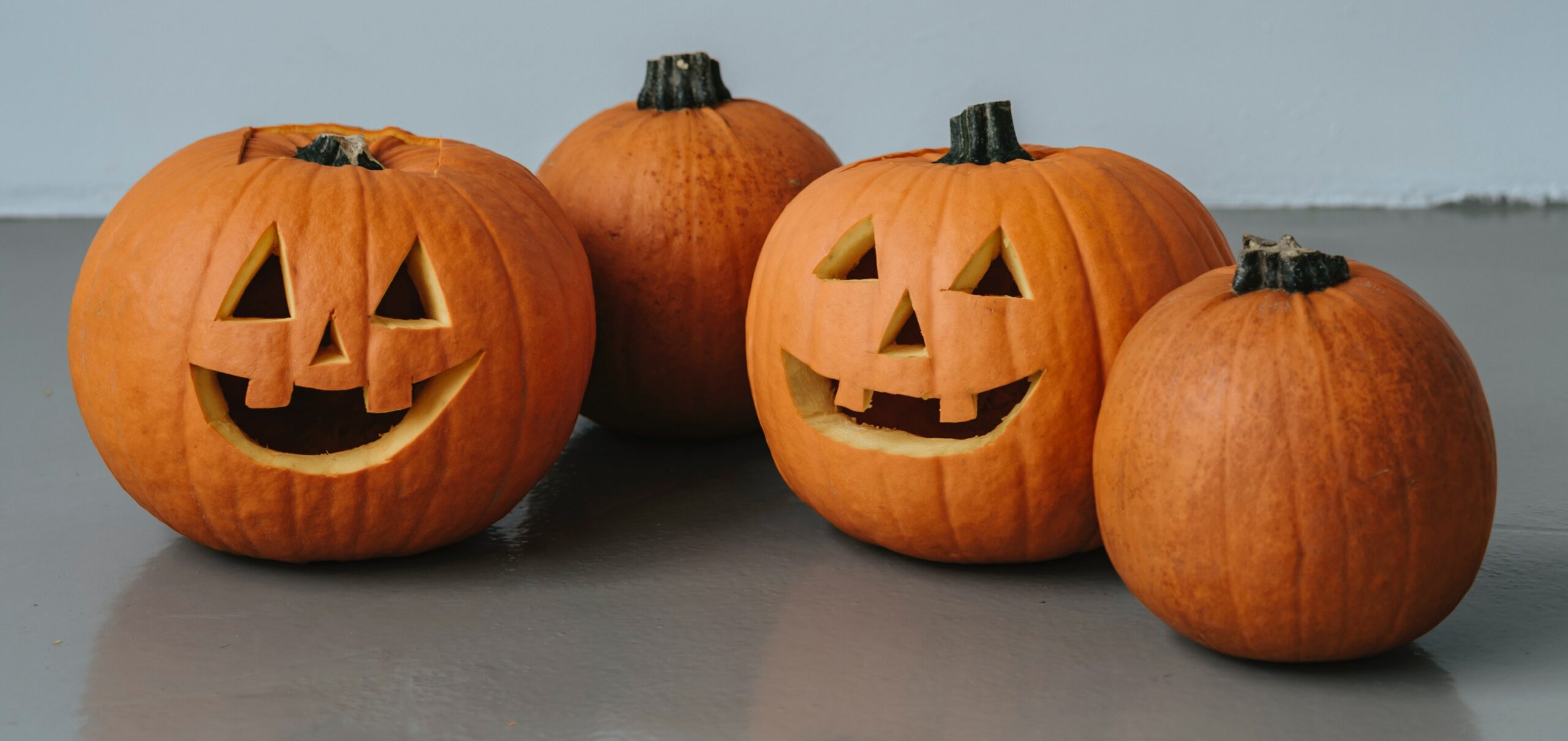Dealing with pumpkins after Halloween: Debunking social media advice

MACOMB, Ill. — When the calendar turns from October to November, our toothy Jack-o’-lanterns start to look like deflated basketballs. This means millions of Americans need to dispose of billions of pumpkins.
When many people toss these festive yet mushy winter squash into the trash, it adds an immense amount of organic material into the landfill. Typically, in a landfill, this material gets buried and rots in an environment devoid of oxygen, which creates the potent greenhouse gas methane.
Pumpkins are nothing more than overgrown vegetables. Something must want to eat these things, right? The social spheres are buzzing with alternative uses for a Jack-o’-lantern past its prime, but there seems to be advice deserving more attention than a tweet can afford.
Find woods, fields or nature preserves to smash open pumpkins to compost
First, this would be considered littering and certainly something illegal, especially for a nature preserve. It is all too common for natural areas to become a dumping spot for yard waste, including pumpkins and straw. The thought is these items will compost, but this is not true composting.
According to Extension educator Peggy Doty, “This smothers native plants and creates odd little microhabitats that are not healthy and full of molds.” Pumpkins can now be found growing in preserves, probably from last year’s pumpkin dump. “The straw not only smothers plants but takes forever to decompose, and they dump it right on the road, so we spend money on staff to get it picked up,” Doty added.
Leave broken-up pumpkins for wildlife to eat
According to Maureen Frank, Ph.D., AgriLife Extension wildlife specialist, “pumpkins that have been used as Jack-o’-lanterns or other decorations could also be used as a snack for wildlife.” Pumpkin seeds can be baked and used in a bird feeder. Avoid using salt or other seasonings.
Lots of different animals will eat pumpkins. Like humans, the critters may be a bit choosy and go for the fresher pumpkin. Still, feeding the animals can create problems. Leaving pumpkins in ditches can draw animals close to vehicles. Plus, many municipalities are actively trying to manage out-of-control wildlife populations, such as white-tailed deer. While I am an avid supporter of wildlife, laying out a buffet can have consequences. Frank advises, “It’s probably best to share with birds only.”
Pumpkin seeds are a natural dewormer
The idea of using pumpkin seeds as a dewormer has been passed down from previous generations. There has been some research on this topic and the studies I’ve read do not show any correlation to pumpkin seed consumption and worm control in livestock. Some researchers do mention that pumpkin seeds may help to support conventional deworming medication but is no substitute.
Give your pumpkins to a livestock farmer
Animals will eat pumpkins, but what about our domesticated livestock? When it comes to eating pumpkins, hogs and poultry seem to be the most reliable consumers. Poultry will need the pumpkins smashed open or cut into chunks. Hogs have the strength to break open the pumpkins themselves. Since pumpkins are not a routine part of their diet, this can cause digestive upset to livestock.
Good Growing Tip of the Week: Pumpkins can be incorporated into a backyard compost pile or dropped off at a municipal or commercial composting facility. Some communities are even organizing “pumpkin smash events” where residents can bring their pumpkins to get catapulted into a dumpster and then transported to a composting facility. Whatever option you choose, avoid tossing fall décor in natural areas without permission.
Miss Clipping Out Stories to Save for Later?
Click the Purchase Story button below to order a print of this story. We will print it for you on matte photo paper to keep forever.

